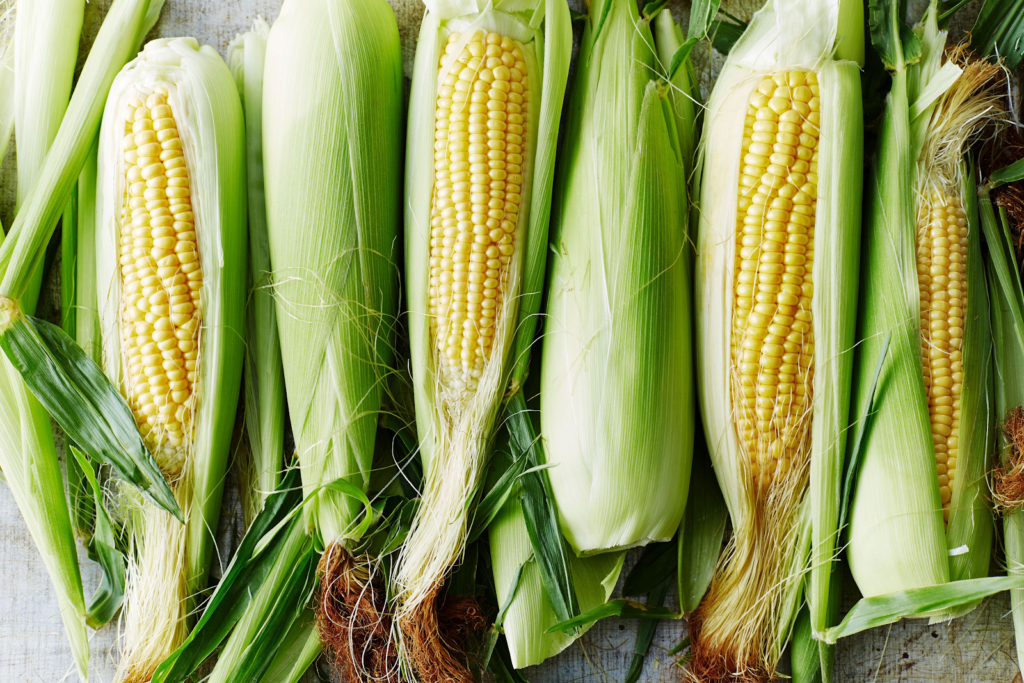
As we approach the end of corn season in September, there is no better time to enjoy this very well-loved grain! Its versatility makes corn very appealing as a cooking ingredient and its nutritional value is also worth the spotlight.
Health Benefits
Corn is a great source of dietary fiber, vitamin C, pantothenic acid (vitamin B5) and manganese. Also, yellow corn contains lutein and zeaxanthin, two carotenoid antioxidants that are important to eye health. As a member of the cereal and grains food group, corn is a source of energy (starch), and in ordinary amounts, corn has been associated with improved blood-sugar control, and the American Diabetes Association includes it as a best choice among starchy vegetables due to its natural source of fiber.
Recipes & International Cuisine Spotlight
Corn is also very versatile in cooking: It can be eaten as a snack, in salads, in rice, smashed as a main dish with chicken and veggies, and in many yummy desserts, including ice cream!
Corn is a very popular ingredient in Brazilian cuisine, especially in June and July, when Brazilians all over the country have a series of festivals collectively called Festa Junina. Corn is a main protagonist in the festival’s foods and it is enjoyed in many different forms. Some examples include: corn on the cob, popcorn, corn cake, cornmeal cake, corn pudding, and sweet corn mush. Below are some recipes of the traditional desserts, including a corn cake recipe from my grandma!
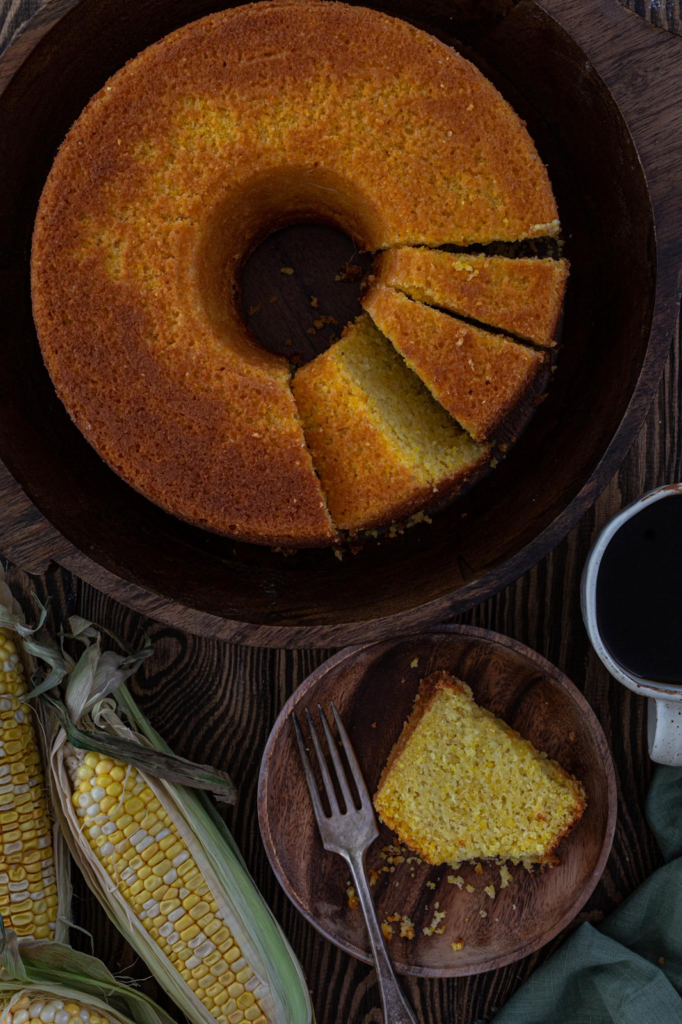
Bolo de Milho (Corn Cake):
Ingredients:
4 ears of corn
1 cup of milk
1 cup of sugar (preferably brown sugar)
3 eggs
2 tbsps of butter
2 tbsps of shredded cheese
Instructions:
Cut the corn kernels and combine them with the other ingredients in a blender. Place the mixture in a greased pan and bake it in a preheated oven at 350F until the cake is golden brown (35-40 minutes).
Planting Corn in Your Garden
There are shorter dwarf types of corn that you can grow in your garden! These varieties include “Precocious,” “Kandy Korn” and “Golden Bantam.” Below are some instructions on how to grow them in containers.
- When to plant: Plant approximately two weeks after the last spring frost date, usually after March.
- Preparing the container: Corn requires block planting to ensure pollination, so the container must be large enough to plant at least three rows of three or more plants. Another option is to plant each in 5 gallon buckets and group the plants together. Mixing a high-nitrogen fertilizer, such as a 10-5-5 blend, with the soil before planting will boost initial growth.
- Spacing & Depth: Plant seed directly in the container, as the plant does not like being transplanted. The seeds require sowing at a 2-inch depth. Space them 4 inches apart in rows set 8 inches apart. The soil must remain moist but not wet at all times until the seeds sprout, which can take one to two weeks. Once the seeds sprout, thin the seedlings so the remaining plants are 6 to 8 inches apart in the row.
- Harvesting: It takes about 75 days for the ears to reach maturity, depending on the variety. Harvest the ears when the tassel yellows and dries out and after the kernels fill out and produce a milky juice when pierced.
Here is another article with instructions on how to grow sweet corn on the ground as well.
Sources:
- https://www.nutritionletter.tufts.edu/general-nutrition/harvesting-the-health-benefits-from-corn#:~:text=NUTRIENT%20PROFILE%3A%20Corn%20is%20a,start%20slathering%20it%20with%20butter.
- https://homeguides.sfgate.com/can-grow-sweet-corn-container-67707.html
Written by Nathalia Frenhani Burini, Landscape Designer
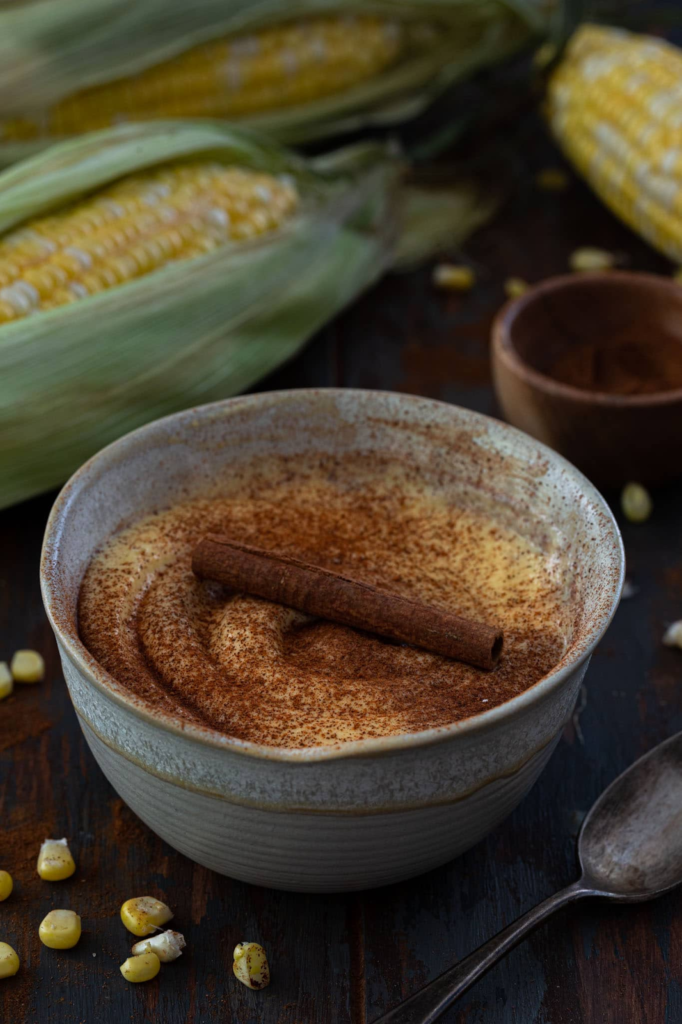
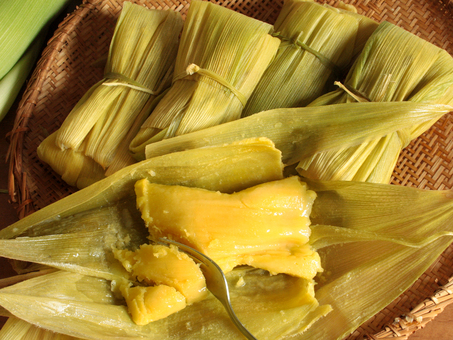
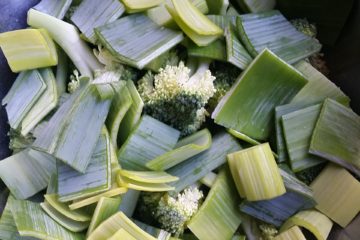
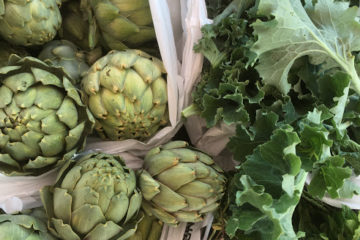

0 Comments